Ertach Kernow - Cornwall Read all about it
Cornwall; Read all about it
With autumn well and truly here I’m hoping for time to start catching up on some of the reading that’s been piling up. Most but not all relate to Cornwall or Cornish topics or places, just by travelling around Cornwall and picking up the odd book here and there they mount up. Amongst this pile I’m always looking for books and information I can share with the wider Cornish public, through illustrated talks, museum exhibitions or here in Ertach Kernow articles. Cornwall has so many talented researchers and writers who are sharing their particular interest in Cornish history, culture and environmental topics through books and journals.
Visiting Lostwithiel last week, to give a talk on Richard Earl of Cornwall to Lostwithiel Old Cornwall Society, I was made aware of a booklet produced by Lostwithiel Museum ‘Lostwithiel 1644 The Bloody Battle’. This looks at the events that took place in Lostwithiel during the Civil War and has many images and colourful maps illustrating how the battle unfolded. Always pleased to support Cornwall’s smaller volunteer led museums who work so hard in preserving and sharing their areas history and culture I bought a copy. This is available from Lostwithiel Museum. 14 Fore Street, Lostwithiel.
One of the most fascinating and interesting books brought out recently, especially for those who enjoy visiting our ancient monuments, is ‘Ancient and High Crosses of Cornwall’. Written and illustrated with a profusion of beautiful colour images by Ann Preston-Jones, Andrew Langdon and Elisabeth Okasha this looks at Cornwall’s earliest, tallest and finest medieval stone crosses. This really is a wonderful book whether to read at home or keep in the car whilst travelling around Cornwall. I have been thumbing through this whilst out and about and look forward to sharing some of my own Cornish cross experiences in due course. Andrew who many people will know has brought out earlier books on Cornish crosses, published by the Federation of Old Cornwall Societies. Although out of print these are still in demand many years later and some are now collector’s items. The latest book ‘Ancient and High Crosses of Cornwall’ and some of Andrew earlier books are available at the Federation of Old Cornwall Societies website shop www.kernowgoth.org
There are some quite niche books that can only be obtained in used condition. A recent one I managed to obtain is ‘650 years a short history of the Magistracy in Cornwall’ now out of print. There are some interesting and amusing stories including that of the court appearance of Stephen Gough the ‘naked rambler’ to be shared more fully at a later date; let’s just say he shared quite a bit with the court, somewhat more than many people would have wished. I was pleased to see a former boss of mine, Robin Bostock-Smith, from my HSBC banking days in St Austell, mentioned as being involved in publication for the Cornwall Branch of the Magistrates Association. Thank you, Robin, for making my final months at HSBC so pleasant. Terrific to see niche books such as this sharing stories and information all which is part of Cornwall’s heritage.
Older antique books continue to be an Important part of discovering Cornish heritage. Some often quoted from and mentioned previously are those by Dr William Borlase’. His three major published works were ‘Observations on the Ancient and Present State of the Islands of Scilly, and their Importance to the Trade of Great Britain’ (1756) ‘The Natural History of Cornwall….’ (1758) and ‘Antiquities, Historical and Monumental, of the County of Cornwall’ (1759). Although they contain huge amounts of interesting material, his understanding of some aspects included in his work have been superseded by modern archaeology and science. However, vast quantities of the content remain very relevant and also includes a record of many monuments and other antiquities which have since been destroyed over the past 250 years.
‘The Ancient Cathedral Of Cornwall Historically Surveyed’ written by Reverend John Whitaker and published in 1804 has some very interesting facts. Unfortunately, some of it has to be totally discounted and other parts treated with a good degree of scepticism. He preserves the myth that originated about 828 in the ‘Historia Brittonum’, thought by some to have been written by Nennius, and popularised by the 12th century chronicler Geoffrey of Monmouth about the colonisation of Britain and Cornwall by Brutus a descendent of Aeneas of Troy and his followers. Whitaker also seems to have been the originator or at least the perpetuator of the story relating to Carne Beacon a Bronze Age barrow on the outskirts of Veryan near Churchtown Farm as being the burial site of the Cornish King Gerennius. Whitaker says ‘when Gerrenius died, he was brought from his castle of Dingerein and ferried with great pomp across Gerrans Bay in a barge plated with gold’. The site was excavated in 1855 and a cist burial was found, but no gold or riches were discovered. As Whitaker never got excavate the site himself, he probably took this from anecdotal stories told by local people. One of the dangers of sharing anecdotal stories is they have the unfortunate tendency to become the believed truth. This is especially true in the days of social media and the nonsense often shared there, as I have frequently seen.
A very useful historic book is the Cornwall edition of ‘Magna Britannia, being a concise topographical account of the several counties of Great Britain’ by Daniel and Samuel Lysons published in 1814. There were only six volumes published in the series, but thankfully included both Cornwall and the Devonshire edition published in 1822. Compilation of this series of books beyond Devonshire ceased on the death of Samuel in 1819. The importance of these works to researchers today is that unlike other topographical and historical works published into the early nineteen century, Magna Britannia included information on topics such as commerce, industry and population. Many earlier antiquarians were preoccupied with the good and the great of their day, their pedigrees and estates.
The Victoria County History project started in 1899 has been an ongoing project ever since. Volume one of the Cornwall editions was published in 1906 with a further second volume covering Cornwall’s religious history published in 2002. This is an ongoing project and so far, includes Cornwall along with nearly 300 large English county books as well as over 6,300 individual parish histories. The Cornwall project is currently suspended with the works already produced being of great interest to researchers with Cornish interests.
Sadly, most local libraries now have very small numbers of books on Cornwall and Cornish themes. Many older books can be found online, but for more recent books still under copyright Cornwall has some larger libraries with a terrific range of Cornish related books. Kresen Kernow, the Cornwall records centre, besides the archival material stored there for research also has a library of easily accessible books where these can be read and used in comfortable airy surroundings. One must also remember the extensive collection at the Courtney Library housed at the Royal Cornwall Museum with papers from many writers, some unpublished works. They have produced a list of the catalogue of books held there which includes some 25,000 items and although not all relate directly to Cornwall it provides some indication of the number of books that have been written about Cornish themes. A series of links to books will be included on our website. The Morrab Library in Penzance is one of those libraries which is increasingly rare, an independent library with a huge collection of over 70,000 books. Of special appeal to those interested in Cornish topics is the Henry Jenner Room housing an extensive Cornish Collection. This room with some 2,800 volumes published before 1901 is a treasure trove of almost lost information.
Today many people believe that whatever comes up on Google is the sum of all knowledge about a given subject, not so by any means. There is a massive amount of works already in existence and being added to daily about Cornwall which are really well researched, not what I term coffee table books, but books, journals and research papers by academics and local Cornish researchers. I hope with winter approaching and less opportunity to get out and about more folk will turn to reading some of the abundant knowledge available about our beloved nation.
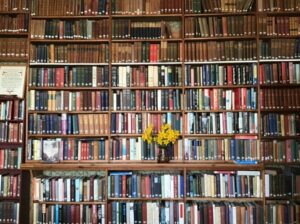
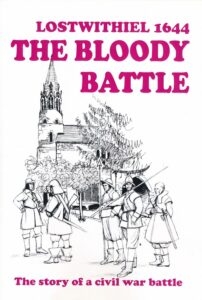
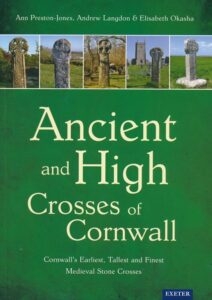

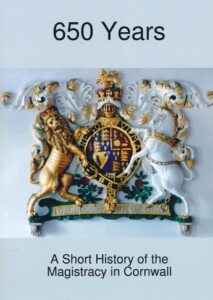
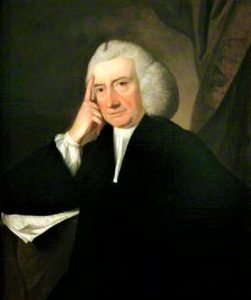
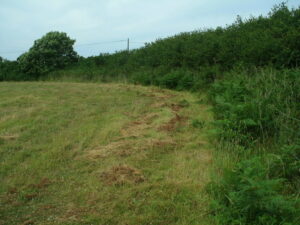
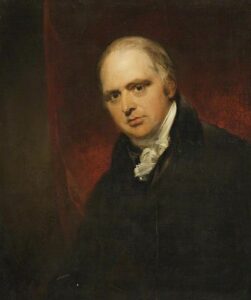
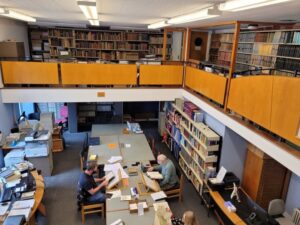

![[119] Voice - Ertach Kernow- 051022A Read all about it [S] Ertach Kernow - Cornwall, read all about it](https://www.cornwallheritage.com/wp-content/uploads/2022/10/119-Voice-Ertach-Kernow-051022A-Read-all-about-it-S-241x300.jpg)
![[119] Voice - Ertach Kernow- 051022B Read all about it [S] Ertach Kernow - Read all about it](https://www.cornwallheritage.com/wp-content/uploads/2022/10/119-Voice-Ertach-Kernow-051022B-Read-all-about-it-S-238x300.jpg)
![[119] Ertach Kernow Heritage Column - 5th October 2022 - St Endellion a cultural jewel Ertach Kernow Heritage Column - 5th October 2022 - St Endellion a cultural jewel](https://www.cornwallheritage.com/wp-content/uploads/2022/10/119-Ertach-Kernow-Heritage-Column-5th-October-2022-St-Endellion-a-cultural-jewel-300x283.jpg)